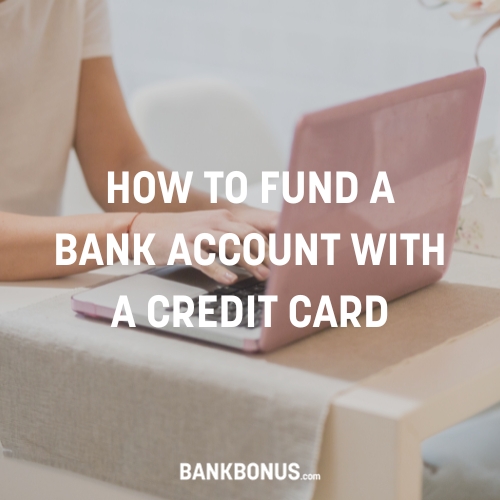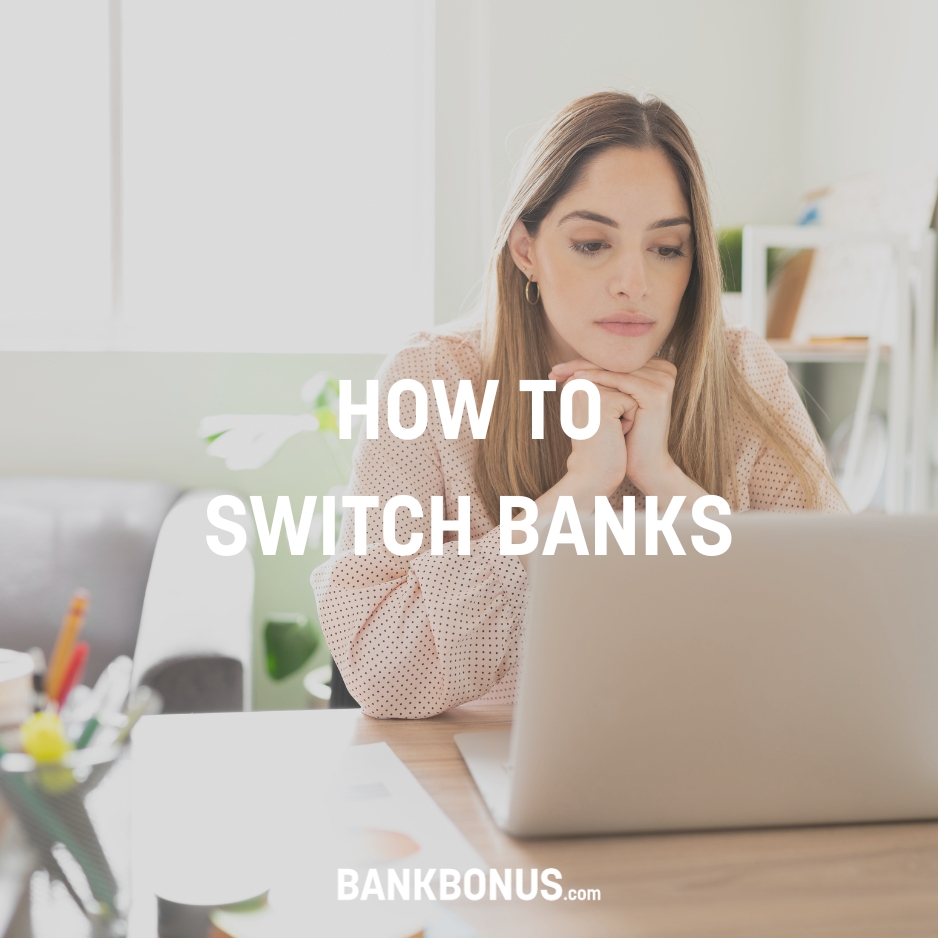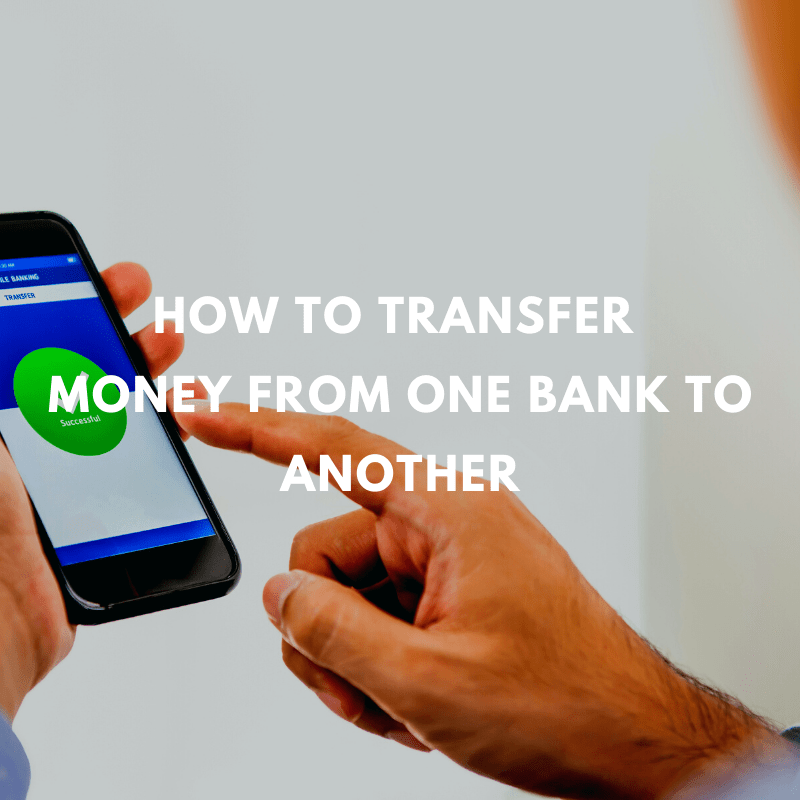While there are many ways to get paid, checks are still a common payment method. Payroll checks, cashier’s checks, and government checks are a few examples of how many Americans get paid via check. Though direct deposits are quickly becoming the norm, checks still have many benefits (especially compared to cash).
Fortunately, many options are available for cashing a check, including banks, check-cashing stores, and even on your phone.
How Do I Cash a Check?
There are several steps that you need to take before cashing a check. Doing this can help you ensure a smoother process, regardless of the method you choose.
- Check the Date: Checks are not valid forever, with checks older than six months typically declined. Make sure the check has a recent enough date, and call the bank to see whether they will cash it for you if it is older than six months.
- Endorse It: The next step is to endorse it. Endorsing a check is easy, all you need to do is sign it at the back of the check.
- Write Your Account Number: If you are cashing the check to your account, you might want to write the bank account number you wish to deposit the check to on the back, right underneath your signature. If you’re not sure what your account number is, you can find it by referring to your checkbook, bank statement, or mobile banking app.
- Give Your Items to the Teller: Hand your check and ID to the bank teller and tell them you would like to cash the check.
- Get Your Cash: Once your ID and check is confirmed by the bank or credit union, they will give you your cash. Make sure to put it in your pocket or purse before leaving the building to be safe.
8 Simple Ways to Cash a Check
Here are 8 different ways to cash a check. Typically your current bank or credit union is the easiest place, but there are also check-cashing options for those who do not have a bank account.
1. The issuing bank
The issuing bank is simply the financial institution that holds the account from where the person issued the check. They are sometimes also referred to as the issuer.
If you are not a bank customer, the bank may not cash the check for you. However, most banks will cash a check issued by their customers. Because of this, you should avoid trying to cash a check at a bank where neither you nor the person who gave you the check is a customer.
You can easily verify the issuing bank’s name by referring to the check you want to cash. All checks will carry a logo or the issuing bank’s name, helping you identify where the account is.
If you don’t have a bank account, in some cases, you may choose to have the check cashed to a prepaid debit card. Getting a prepaid card makes you a customer of the bank, and you’re more likely to avoid paying the fees that non-customers often have to pay.
You also avoid having to carry large sums of money around. Do keep in mind, however, that many prepaid cards come with a monthly fee.
Do check for any restrictions in place before making the trip to cash your check, especially when cashing a check amount that is larger than $5,000. In this case, you can expect to pay a fee, which is typically under $10.
Some banks such as Citibank and Capital One do not charge a fee.
2. Your local bank
Generally speaking, the cheapest way to cash a check is going to be your bank. Many banks and credit unions offer free checking accounts with free check-cashing.
If you prefer visiting a branch in person to cash your check, make sure the bank is open and check-cashing services are available before going there. Doing this can help you save a lot of time.
If the bank is not accepting clients at their branches, fear not. Fortunately, there are a few other ways to cash a check.
3. Mobile banking apps
If you have a checking account with a mobile banking app, you can use it to deposit the check. Doing this is probably the easiest way to cash a check, and you can do it from virtually anywhere.
Banks like Bank of America and Chase include mobile check deposits with their mobile app, which allows you to deposit the check straight from your mobile phone.
Of course, you need to download the app and log-in if you haven’t done so already.
If you’re already a mobile banking user, all you need to do is open the banking app and go to the mobile check deposit feature.
The app will ask you to take a picture of the check using your phone’s camera before sending it to the bank to be cashed. Once it passes all verifications, it will be deposited to your card account, ready to be spent (or saved).
That’s all that you need to do – there is no need to visit a branch or mail the check making it one of the easiest, fastest, and most secure ways to deposit checks.
4. Participating retail stores
Many retailers such as Walmart, CVS, and KMart offer check-cashing services for a fee. In most cases, the fee is under $10. There might be some limitations to cashing two-party checks, so do check beforehand.
Some chains such as Kmart restrict the service to members of the retailer’s programs, with memberships generally free of monthly fees.
5. Check-cashing outlets
Cash-checking outlets are typically the most expensive options, and you should only use them as a last resort. Many such outlets can charge anywhere between 1% to 12% of the check’s value. According to the FDIC, the average percentage charge currently stands at 3.1%.
In some states, fees are capped at 3%. To avoid unpleasant surprises, make sure you ask how much you’ll need to pay before cashing your check. Do check if there are any restrictions in place.
For example, Kroger does not cash personal checks but will cash payroll and governmental checks. Doing your homework beforehand can help you from making a useless trip.
Some outlets may require you to become a member, which might come against a fee. Take the time to add up all the fees, especially if you are cashing checks regularly, as they can add up to a considerable amount over time.
6. Payday stores
Many payday stores offer check-cashing services, with fees going up to as much as 10% of the check’s value, making payday lenders a rather expensive option. You’ll need to repay payday loans with your next paycheck.
They usually carry a relatively high APR, with payday loans having courted controversy in the past, even if they can be a useful option to those with a low credit score.
Remember to check what the bank’s check-cashing fees are beforehand, especially if you will be cashing checks regularly.
7. Signing over a check
If you don’t have a bank account and don’t want to get one or a prepaid credit card, you can sign the check over to a person you trust. Doing this will allow them to cash the check-in your name.
To sign over the check, write “Pay to the order of,” followed by the person’s name. Your signature and the message will indicate that you’re transferring the check to the person you’ve specified.
Remember that once you do this, that person becomes the rightful owner of the money – so make sure you trust them completely.
To avoid complications, you might want to accompany the person to the bank. Of course, take a suitable form of ID, like a driver’s license and Social Security Number, as the bank might request it.
8. Mail it in
Many banks also offer the option to mail in the check through traditional mail. Of course, this can take longer, and the check may get lost in the mail or get delayed.
You should be able to find your bank’s specific procedure on mailing checks on their website, including whether a deposit slip is required and the address for mailing the check.
Learn More:
What Documents You’ll Need To Cash a Check
If you are cashing the check-in person, you will need to take some form of identification with you. Having your ID is very important as it allows the person cashing your check to verify your identity.
Unless the check is made payable to “cash”, you won’t be able to cash it without some form of identity verification.
Valid forms of ID include your driver’s license, Military ID, or passport. Your bank may allow other forms of ID, which information should be available on their website.
You might also want to give the bank a call to make sure that they’ll accept your form of identification.
How To Spot Fake Checks
According to the American Bankers Association, fake checks are among the most common ways people become victims of fraud.
Fraudsters often fake checks to pay you for something you’re selling online. Another common way to use fake checks is to give you an advance when agreeing to transfer money to a foreign country or as a paycheck for working from home.
Do keep in mind that even if the check clears, you are not off the hook should a check turn out to be fake. Banks have to deposit funds from a check to your account as quickly as possible, and the check can return as a fake later. If this happens, you will have to pay the bank any money you withdrew in the meantime.
Here are a few tips that can help you check if the check is fake.
- Check for mistakes. An official check will not have any spelling mistakes, wrong or altered logo, or missing information.
- Double-check the numbers. A check will have a few different numbers printed, including check number, account number, and routing number.
- Check the paper quality. Checks are printed on special paper, so printed on regular or flimsy paper should be treated with caution.
- Check the signature. If the signature appears printed or photo-copied, you might be looking at a fake check.
When in doubt, call the issuing bank to verify the check’s authenticity, especially if it arrives unexpectedly in the mail.
Frequently Asked Questions
How much does it cost to cash a check?
Most of the time, cashing checks are free, but this will depend on your chosen method. Indeed, some of the available options can be very expensive, especially compared to other ways that may be free.
- If you’re cashing a check at your bank, you will typically not have to pay any fees.
- If you’re cashing at a retailer, you can expect to pay a fee that typically ranges between $3 and $10.
- If you’re cashing a check at the issuing bank, you can expect to pay a flat fee of $10 or less.
- At a payday store, you may pay as much as 10% of the value of the check.
- Check-cashing stores will charge you between 1% and 12%. Some states cap the fee at a maximum of 3%.
Can I cash a check if I don’t have a bank account?
While a bank account can make cashing a check easier, it is not mandatory to have one. If you do not have an account, there are several different options available to you, but you can expect to pay a fee.
Some options include:
- Issuing bank
- Check-cashing stores
- Check-cashing retailers
- A trusted friend
- Payday stores
In this case, you may be offered cash or a prepaid card. When opting for a prepaid Visa card, remember to check which ATMs offer fee-free withdrawals to minimize your expenses.
How Should You Cash Your Check?
While paper checks are not as common as they were, people still use checks to pay others and get paid.
Depositing checks has made improvements thanks to the technological advancements of mobile banking apps. Of course, this is not the only way to deposit a check, as you now know.
The important thing to keep in mind here is that planning can save you both time and money.
While cashing at a payday store or retailer is convenient and requires little to no planning, it can be more costly than going to the bank.
While you’re more likely to get paid via electronic transfer or through a payment service provider such as PayPal, it’s always worth knowing what other options are available.





Comments are closed.
Comments are closed here.